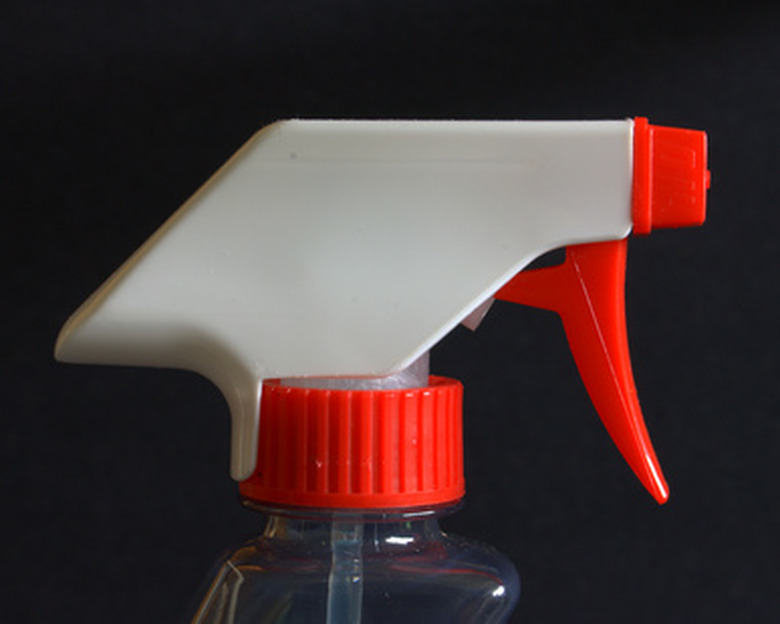How To Kill Poison Ivy With Bleach
Poison ivy can be identified by its green compound leaves that are composed of three smaller leaflets. The leaves' edges can be rigid, smooth or scalloped, which sometimes make identification difficult. Poison ivy can grow as a vine, trailing shrub or an erect woody shrub and is usually found growing on trees, fences, along the ground or in the underbrush of the woods. Because toxins are emitted through the air when the plant is burned, you should never burn poison ivy (or oak and sumac). Fortunately, there are many other ways to kill poison ivy–including with herbicides–and using bleach is just one possible way.
Step 1
Pour straight chlorine bleach into a spray bottle. Use a funnel to aid you in this step. Do not mix anything else in with the bleach. How much you need depends on how much poison ivy you have. In general, 1 to 2 cups will usually suffice per plant.
- Poison ivy can be identified by its green compound leaves that are composed of three smaller leaflets.
- Fortunately, there are many other ways to kill poison ivy–including with herbicides–and using bleach is just one possible way.
Step 2
Put on protective clothing such as a long-sleeve shirt, long pants and garden gloves. Wear goggles as well, especially if you habitually touch your eyes. Since you are working with bleach, the clothing you choose should be old and/or considered disposable.
Step 3
Spray the poison ivy leaves and stems liberally with the bleach. Do this on a calm day and avoid making contact with any other plants, trees and grass. However, if you do accidentally spray bleach on another plant, just wash the bleach off with a hose as soon as possible. If you run out of bleach, simply fill your spray bottle with more.
- Put on protective clothing such as a long-sleeve shirt, long pants and garden gloves.
- Since you are working with bleach, the clothing you choose should be old and/or considered disposable.
Step 4
Spray any new green growth as it appears with the bleach. Eventually, the poison ivy will starve and completely die since it is unable to photosynthesize the sun into sugar (plant food).
Warning
Never mix bleach with other ingredients, as it could create toxic fumes. When you are finished, carefully take off your clothes and gloves and wash them together in the same manner in which you launder your other clothes–however, be sure not to mix with detergent or other ingredients that could make the bleach toxic. You do not want to inadvertently touch the clothes and therefore the toxins at a later time. Use bleach in a safe manner. If you pour the bleach into the spray bottle indoors, the room should be well-ventilated and you should be away from anything that bleach may damage. A sink is a good place to pour the bleach into the spray bottle.
Things Needed
- Spray bottle
- Funnel
- Bleach
- Protective clothing
- Goggles
